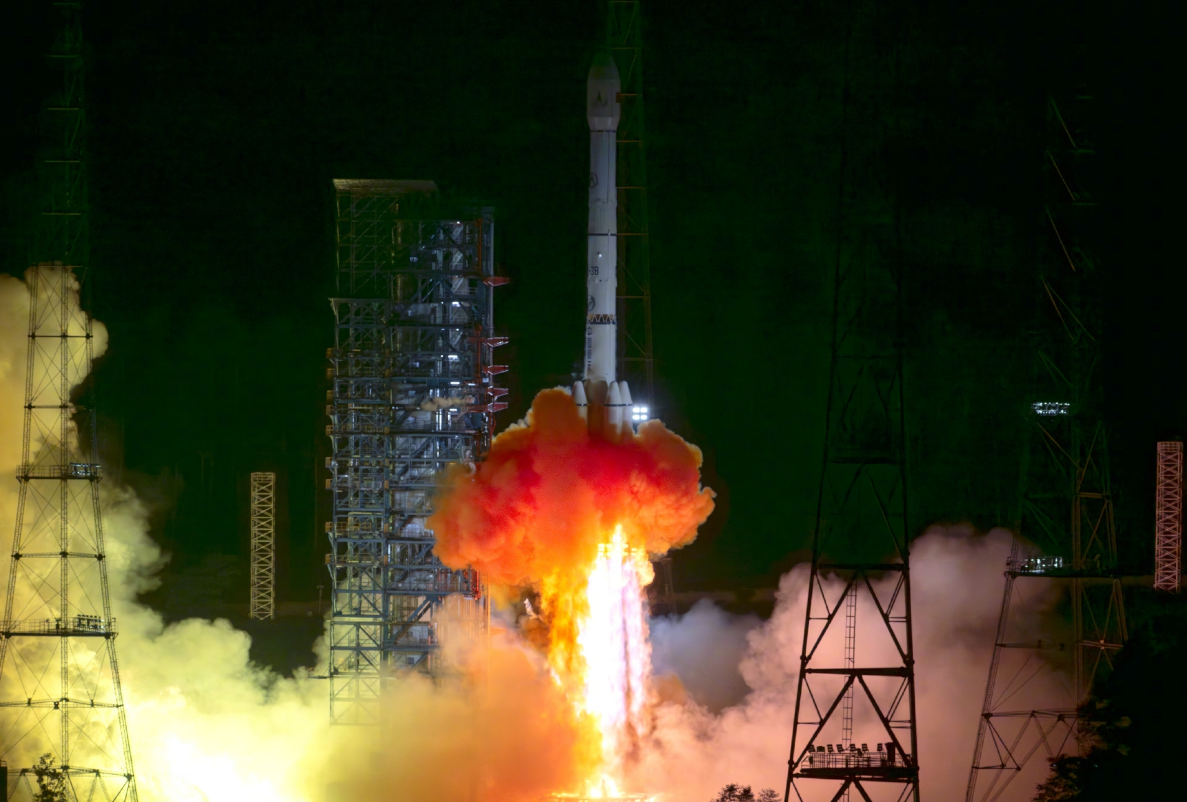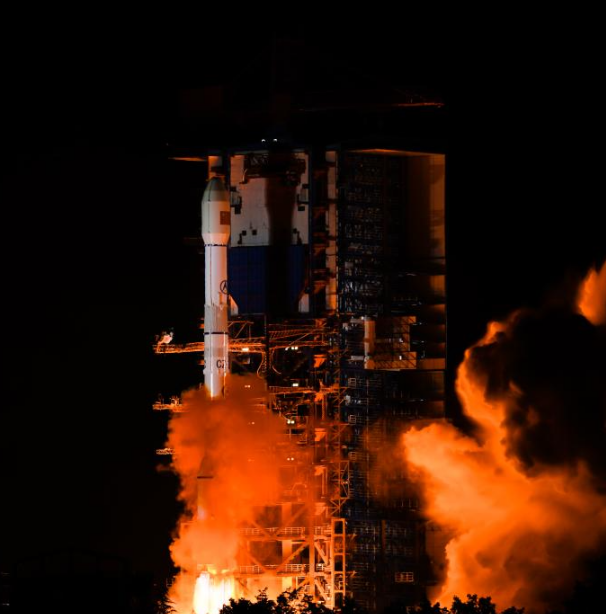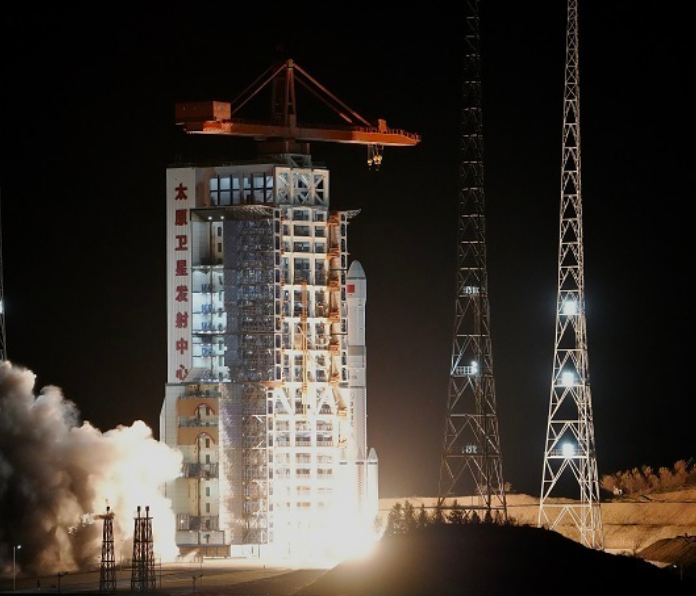11
2025-04
China Launches TJS-17 to Expand Classified GEO Satellite Capabilities
On April 10, 2025, China launched the Tongxin Jishu Shiyan-17 (TJS-17) satellite atop a Long March 3B rocket from the Xichang Satellite Launch Center, marking another milestone in its classified geostationary orbit (GEO) technology test series. The mission aligns with China’s ambitious 2025 launch agenda, which prioritizes military-civil space integration and strategic deterrence capabilities.
The TJS satellite series, developed by the Shanghai Academy of Spaceflight Technology (SAST), is officially designated for "communications, broadcasting, and technical experiments." However, external observers suggest these satellites likely support electronic intelligence (ELINT), missile early warning systems, and advanced sensor testing. Notably, the TJS-3 satellite launched in 2018 deployed a subsatellite that demonstrated proximity maneuvers near U.S. satellites, hinting at dual-use capabilities beyond civilian applications.
This launch follows the December 2024 deployment of TJS-16, which tested on-orbit refueling and mission extension technologies. China’s 2025 space roadmap also includes the Tianwen-2 asteroid sample return mission and accelerated deployment of commercial mega-constellations like the "Qianfan" network, which aims to place 14,000 satellites in polar orbits.
The U.S. Space Force has raised concerns over China’s growing GEO presence, citing risks of orbital congestion and potential anti-satellite warfare applications. Meanwhile, CASC continues to leverage partnerships with commercial entities like Blue Origin to scale its launch cadence, utilizing rockets such as the New Glenn for future missions.
-
29
2025-05

Tianwen-2 Mission Launched Successfully
At 1:31 AM today, China successfully launched the Tianwen-2 planetary exploration probe from the Xichang Satellite Launch Center using the Long March-3B Y110 carrier rocket.
-
13
2025-05

Communication Technology Experiment Satellite No. 19 Successfully Launched
At 2:09 on May 13, China successfully launched the Communication Technology Experiment Satellite No. 19 from the Xichang Satellite Launch Center using a Long March 3B carrier rocket. The satellite smoothly entered its predetermined orbit, and the launch mission was a complete success.
-
12
2025-05

Remote Sensing Satellite No. 40, Group 02, Successfully Launched
On May 11 at 21:27, China successfully launched the Remote Sensing Satellite No. 40, Group 02, from the Taiyuan Satellite Launch Center using a Long March 6A carrier rocket. The satellite entered its predetermined orbit smoothly, and the launch mission was a complete success.









